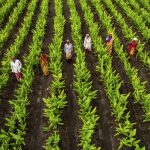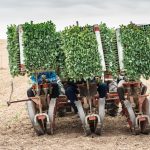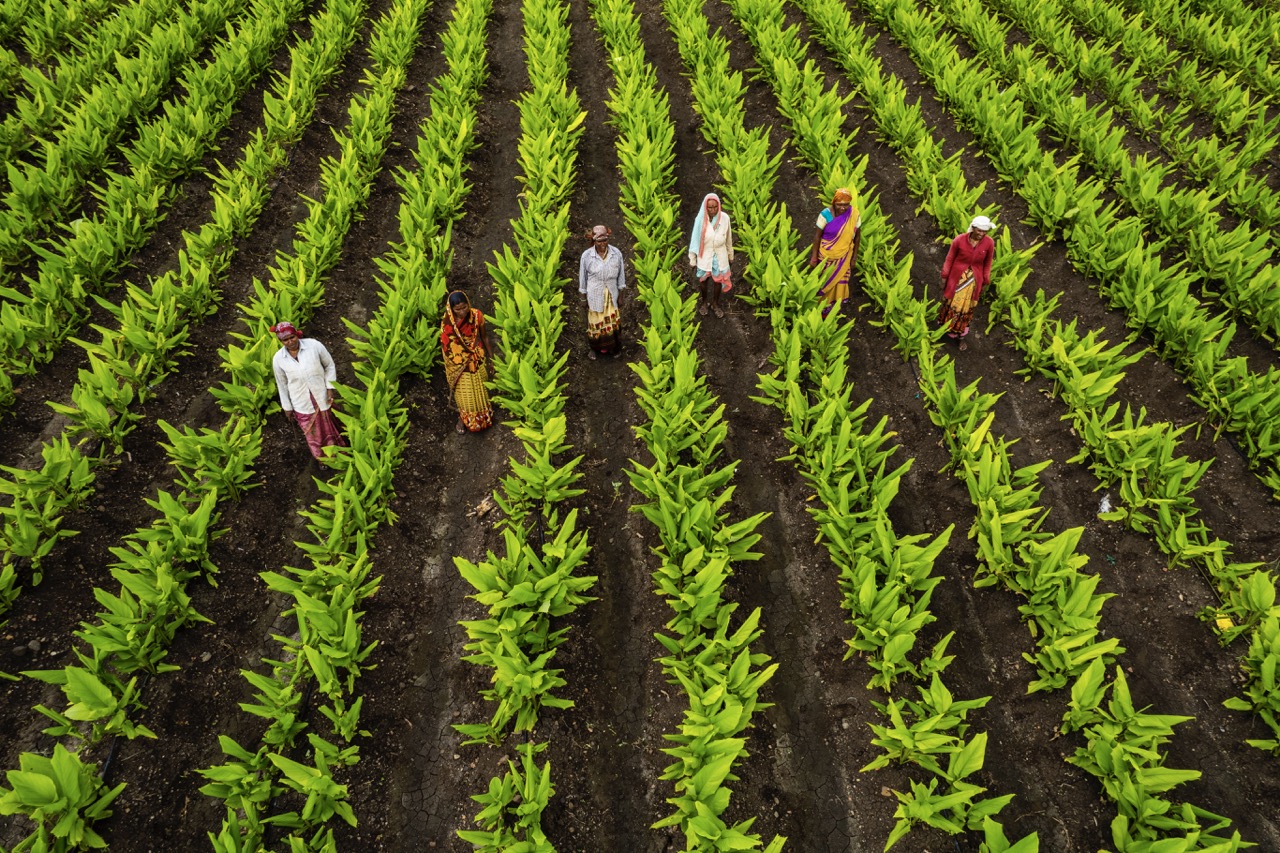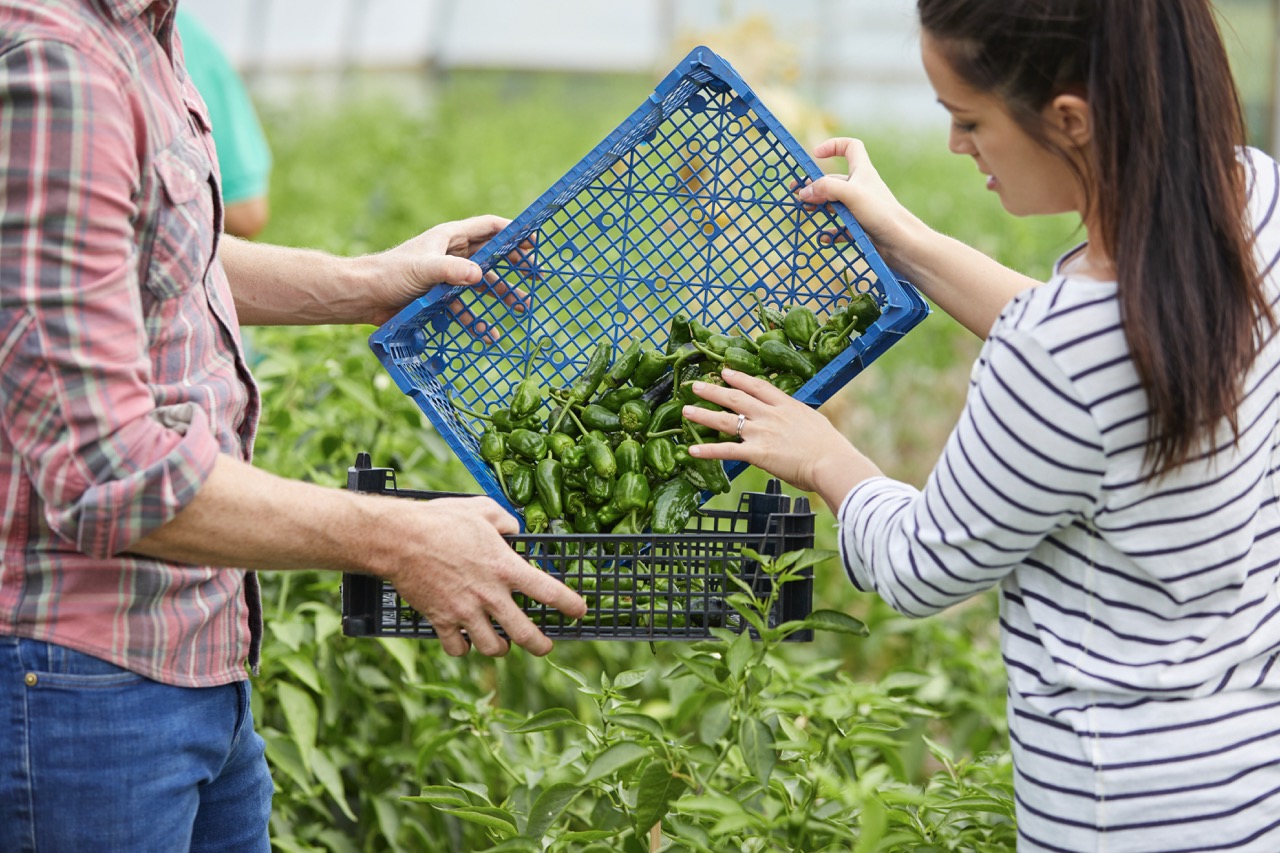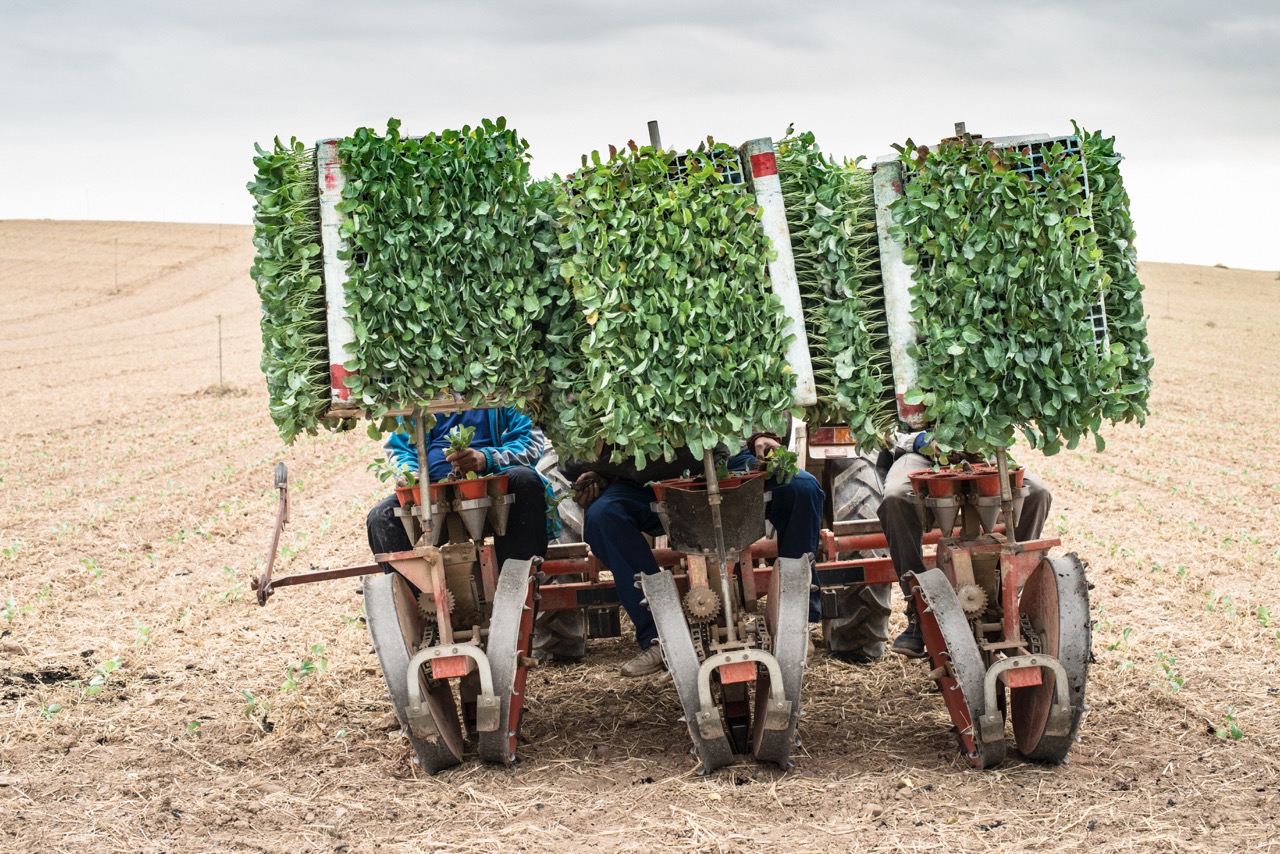In the realm of agriculture, the choice between monoculture and polyculture farming has significant implications for crop yield, environmental health, and sustainability. Monoculture, the practice of growing a single crop over a large area, has been a staple of modern farming due to its efficiency and ease of management. Conversely, polyculture involves cultivating a variety of crops in the same space, which promotes biodiversity and ecological balance. This article explores the advantages and disadvantages of both methods, providing a comprehensive understanding of their impacts on farming practices.
Understanding Monoculture: Benefits and Drawbacks Explored
Monoculture farming offers several clear benefits, most notably increased efficiency in planting, maintenance, and harvesting processes. With a single crop occupying a vast area, farmers can leverage specialized machinery and techniques tailored to that crop, leading to reduced labor costs and streamlined operations. Additionally, monoculture can lead to higher short-term yields, particularly when growing high-demand cash crops. This focus enables farmers to maximize profits in the competitive agricultural market.
However, the drawbacks of monoculture are becoming increasingly apparent. The reliance on a single crop can lead to diminished soil health and increased vulnerability to pests and diseases, which thrive in uniform environments. As a result, farmers may find themselves resorting to chemical pesticides and fertilizers, which can create long-term dependency and further degrade soil quality. Moreover, monoculture farming can reduce biodiversity, resulting in ecological imbalances that threaten the resilience of farming systems.
Another significant drawback is the economic risk associated with monoculture practices. When a single crop fails due to adverse weather conditions, pest infestations, or market fluctuations, the financial ramifications can be devastating for farmers. This lack of diversification can lead to severe financial instability, particularly for small-scale farmers who do not have the resources to absorb such losses. As the climate crisis intensifies, the vulnerabilities of monoculture farming are becoming more pronounced, prompting farmers and policymakers to reconsider its sustainability.
The Advantages of Polyculture: A Sustainable Approach
Polyculture farming presents a compelling case for sustainable agriculture, as it promotes biodiversity by growing multiple species of plants in the same area. This diversity can lead to a more balanced ecosystem, where different crops contribute to nutrient cycling and pest control. For example, certain plants can attract beneficial insects that naturally manage pest populations, reducing the need for chemical interventions. Furthermore, diverse root systems can improve soil structure and help retain moisture, ultimately leading to healthier crops.
In addition to ecological benefits, polyculture can enhance resilience against crop failure. By cultivating a variety of crops, farmers can mitigate the risks associated with changing weather patterns and market demands. If one crop suffers due to disease or extreme weather, other crops may still thrive, providing a more stable income stream. This diversification can also open up new avenues for market opportunities, allowing farmers to cater to consumers’ growing interest in organic and locally sourced produce.
Moreover, polyculture farming can play a crucial role in addressing food security. As the global population grows, the demand for diverse and nutritious food options rises. Polyculture systems can produce a wider range of crops, ensuring that communities have access to various foods that cater to different dietary needs. Additionally, these systems often require fewer chemical inputs, leading to healthier food production and reduced environmental impact. The sustainable nature of polyculture resonates with the increasing emphasis on environmentally friendly farming practices.
Comparing Yields: Monoculture vs. Polyculture Farming
Yield comparisons between monoculture and polyculture farming often reveal a complex picture. Monoculture traditionally boasts higher yields for single crops, primarily because farmers can utilize optimized techniques and inputs tailored to that crop. This can be particularly beneficial in the short term, allowing farmers to meet immediate market demands and maximize their profits. In regions where demand for specific crops is high, this high-yield approach can keep food prices stable and supply chains efficient.
In contrast, polyculture may yield lower quantities of each individual crop when compared directly to monoculture. However, the overall productivity of a polyculture system can be surprisingly competitive when considering the total output of multiple crops. Various studies have shown that polyculture systems can yield similar or even higher overall productivity when factoring in the benefits of crop rotation, reduced disease prevalence, and improved soil quality. The ability of polyculture to produce a diverse range of crops can contribute to a more nutritious food supply, ultimately benefiting farmers and consumers alike.
When assessing yields, it is essential to consider the long-term implications of each farming practice. While monoculture might yield higher short-term profits, the long-term sustainability of the soil and ecosystem can be jeopardized. In contrast, polyculture may offer more stable yields over time, as it encourages soil health and biodiversity. As environmental concerns grow, policymakers and researchers are increasingly advocating for polyculture as a viable alternative to ensure food security while maintaining ecological integrity.
Environmental Impact: Which Farming Method Prevails?
The environmental impact of monoculture farming raises significant concerns, particularly regarding soil degradation, water use, and biodiversity loss. Continuous planting of the same crop can deplete soil nutrients, necessitating increased application of chemical fertilizers, which can lead to water pollution and adverse effects on local ecosystems. Additionally, monoculture farming often requires substantial water resources, contributing to over-extraction of local water supplies and potentially leading to drought conditions.
Polyculture farming, on the other hand, offers numerous environmental benefits. By promoting biodiversity, it enhances ecosystem resilience and protects against the spread of pests and diseases. Diverse plant species can improve soil health and reduce the need for chemical inputs, creating a more sustainable agricultural practice. Furthermore, polyculture systems often utilize agroecological principles, which can lead to improved water conservation and soil retention. The integration of crops and the use of cover crops can mitigate soil erosion, thus preserving valuable topsoil.
Ultimately, while both farming methods can be practiced sustainably, polyculture tends to present a more favorable environmental profile in the long run. As the agricultural sector confronts the challenges posed by climate change, dwindling resources, and a growing global population, polyculture may emerge as a critical strategy for promoting environmental stewardship. By enhancing biodiversity and ecological balance, polyculture farming has the potential to support sustainable food production systems that can adapt to the changing climate.
In conclusion, the debate between monoculture and polyculture farming is complex, with each method presenting unique advantages and challenges. Monoculture can offer immediate financial benefits and high efficiency, but its long-term sustainability is increasingly questioned due to environmental degradation and economic vulnerability. Conversely, polyculture promotes biodiversity, resilience, and ecological health, making it a promising option for sustainable agriculture. As the needs of the global population evolve, so too must our farming practices; embracing polyculture could be a crucial step towards a more sustainable and secure food future.

